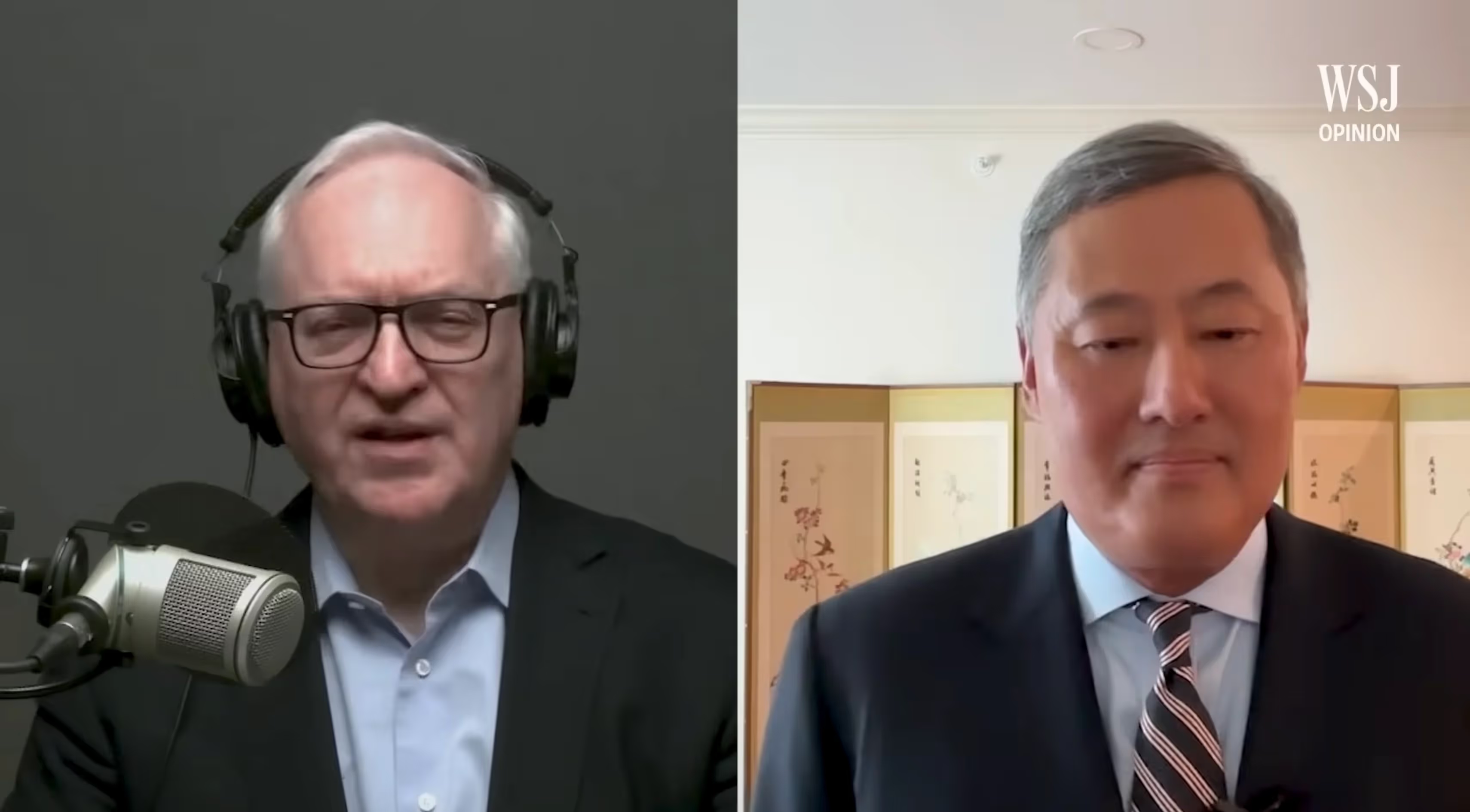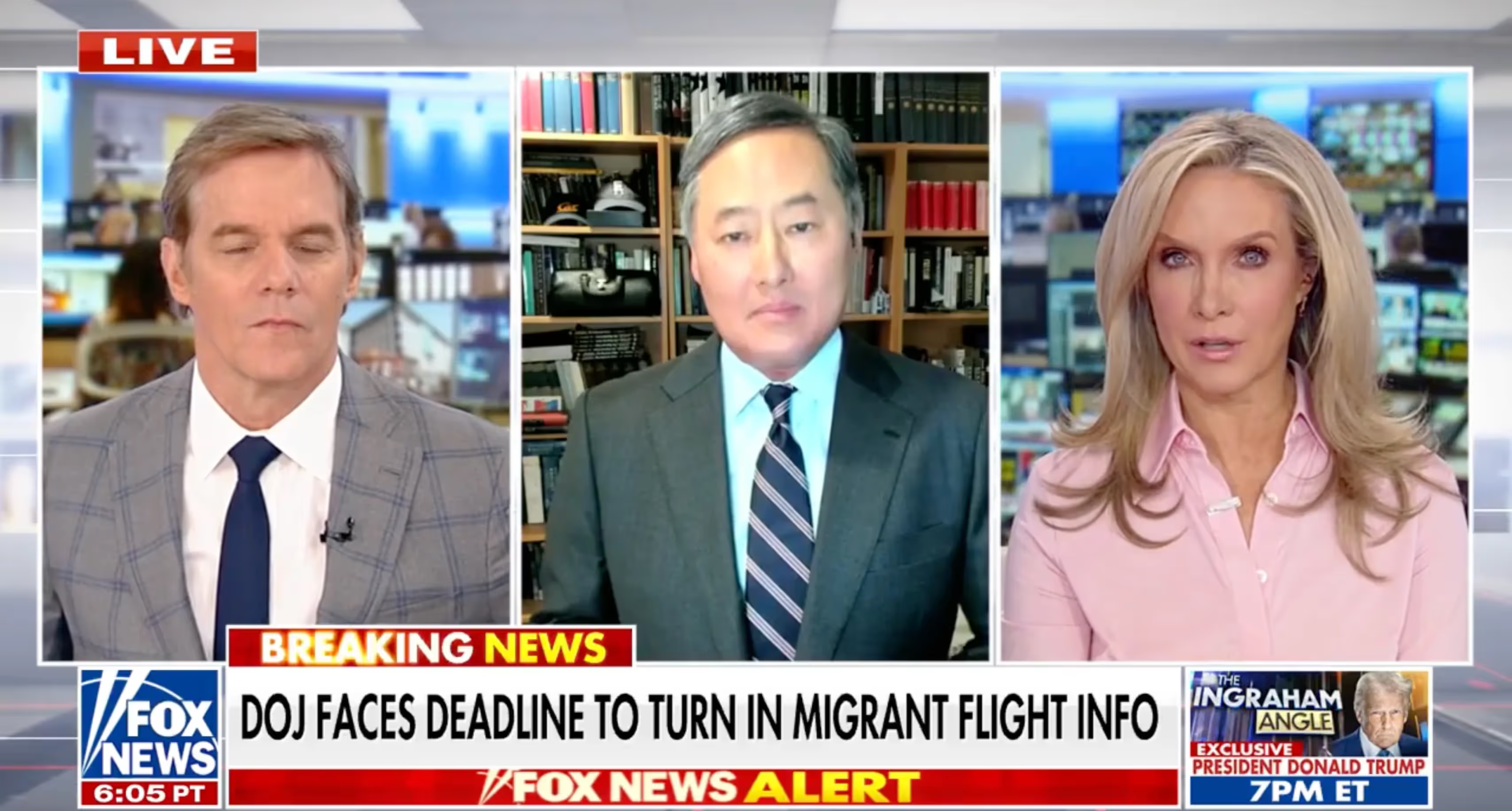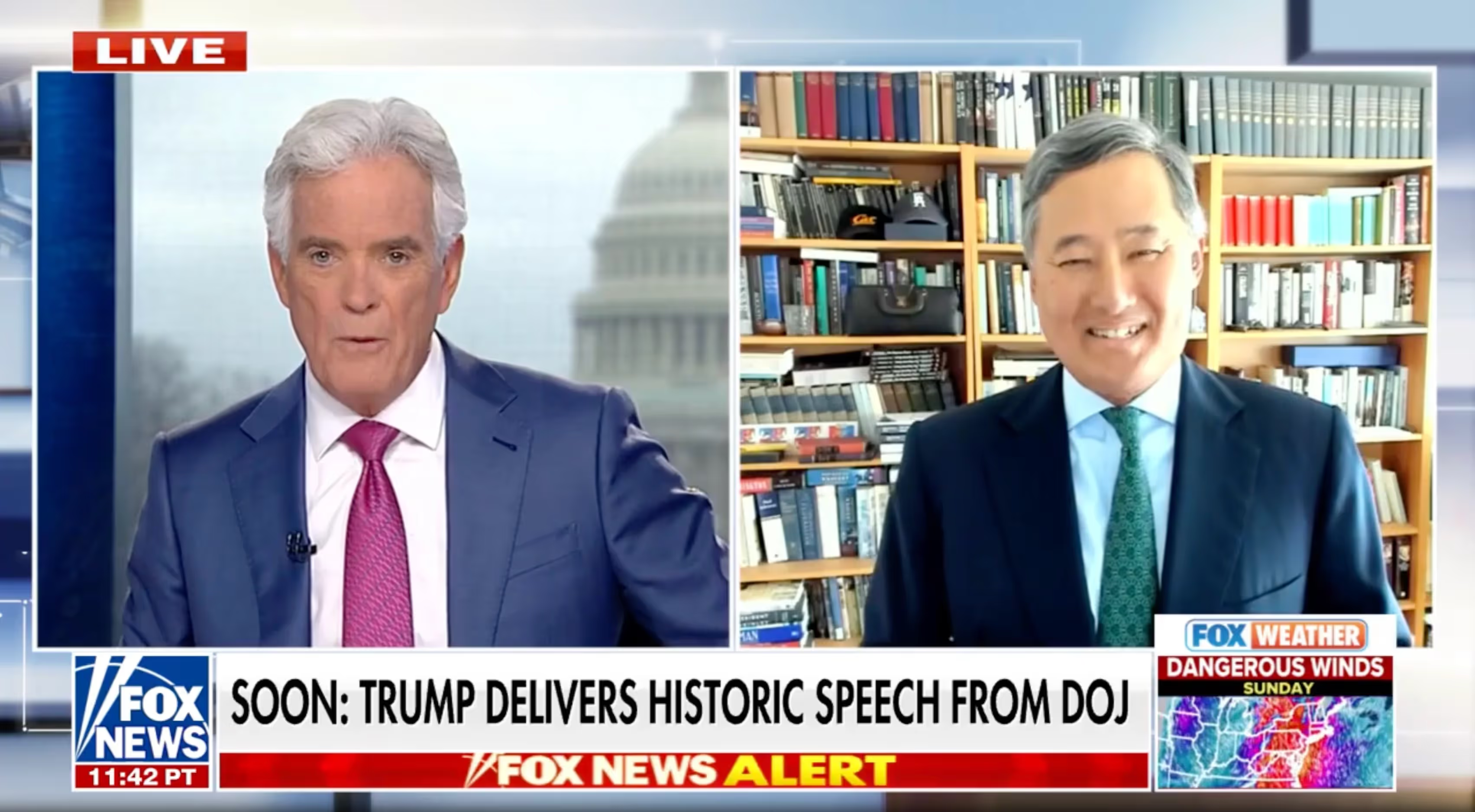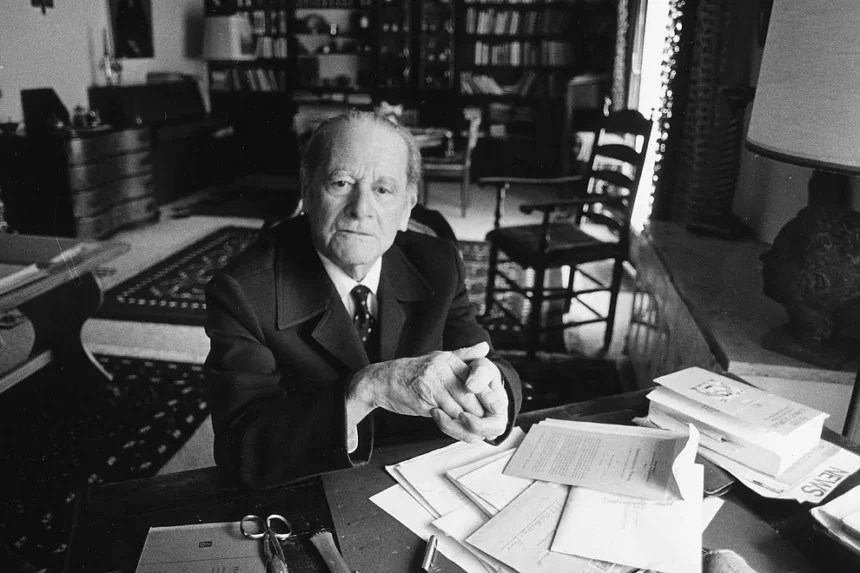
The Truth That Frank Meyer Knew
Frank Meyer’s effort to hold freedom and order together reminds us that the future of self-government depends not just on power, but on individual and civic engagement, and moral and philosophical clarity.
In mid-1940s, Frank Meyer stood before a classroom of union militants in Chicago, denouncing capitalism as a tool of bourgeois oppression and heralding the Soviet Union as humanity’s shining hope. A decade later, he was helping William F. Buckley Jr. build National Review into the flagship of the postwar American Right. While not alone in making the journey from left to right—several National Review colleagues had followed similar paths—Meyer’s metamorphosis was among the most dramatic: from Marxist ideologue and Communist Party organizer to the chief theorist of “fusionism,” the attempt to reconcile libertarian means with traditionalist ends. His work as a writer, editor, and organizer would influence a generation of conservative thinkers and activists.
In The Man Who Invented Conservatism: The Unlikely Life of Frank Meyer, Daniel J. Flynn offers a comprehensive biography of this now neglected but essential figure. Flynn, a senior editor at The American Spectator and author of Why the Left Hates America and other books of cultural history, draws on a trove of newly unearthed archival material—among it, Meyer’s private correspondence—to reconstruct the life and thought of a man who stood at the intellectual crossroads of Cold War conservatism. The result is a well-researched and often revealing portrait of a thinker whose ideas remain vital to understanding the past and future of American conservatism.
Frank Straus Meyer was born in 1909 into a wealthy Jewish family in Newark, New Jersey. His father co-owned a successful raincoat business, and his mother was active in local philanthropy. “Unearned wealth,” Flynn notes, “enabled the pursuit of ideas.” Meyer became a voracious student of them, first at Newark Academy, then at Princeton University, where he confronted both social anti-Semitism and intellectual alienation. He immersed himself in poetry—often dark and rebellious—and was asked to withdraw after three terms. One administrator attributed his departure to a “medical” leave; others pointed to his “unhappy state of mind.” In youthful verse, Flynn reports, Meyer embraced antinomian defiance: “Pan or Beauty, Love or Satan, Lucifer hailed or radiant Lyaeus, / To thee we bow, to thee we offer up our flesh.”
From Princeton’s rejection, Meyer vaulted into one of the world’s great intellectual redoubts. In 1930, he telegrammed home from Europe: “ADMITTED BALLIOL... ALL LOVE.” At Oxford, he fell in with Britain’s radical intelligentsia and became secretary of the student wing of the Communist Party of Great Britain. For two years, Meyer, a cigar-smoking American Marxist, helped run the youth operations of a Soviet-directed British party. “He certainly regarded himself,” writes Flynn, “despite subsisting on an allowance and living in a high-hat hotel back home…as a revolutionary.” Meyer encountered several famous minds, among them Bertrand Russell, T. S. Eliot, and Harold Laski. And he dated Sheila MacDonald, daughter of Prime Minister Ramsay MacDonald.
By the summer of 1932, Oxford’s chapter closed. Meyer had earned a degree in philosophy, politics, and economics. He was also under surveillance by British intelligence. He remained in London, enrolling at the London School of Economics to study anthropology under the renowned Bronisław Malinowski. Though nominally a student, Meyer devoted most of his energy to Communist activism. His doctoral project on Pueblo Indians and Mexican societies stalled, and his academic supervision was terminated. British officials, alerted by LSE, concluded that Meyer violated the Alien Registration Act. He was quietly removed from the country.
Returning to the United States, Meyer became a prominent intellectual within the American Communist movement. Among other roles, he taught at the Chicago Workers School, a party-controlled institution devoted to ideological training and the promotion of Moscow’s ever-shifting official line. In his 1961 post-conversion book The Moulding of Communists, Meyer reflected on his 14 years of immersion in Communist pedagogy and propaganda. “Communist theory is powerful not because it is true; most obviously it is not,” he wrote. “It is powerful because it is believed.” The party demanded submission to doctrine over critical thought; intellectual autonomy, he later argued, was not merely discouraged but actively punished.
Meyer’s political commitments shaped his private life, too. He met his wife, Elsie, through Communist circles, and the two initially lived the revolutionary ideal, where even personal relationships served the mission. But cracks had already begun to appear. During World War II, Meyer’s Army service brought him into contact with ordinary Americans, far removed from the Marxian proletariat of theory. Exempt from combat due to corrective foot surgeries, he was assigned to library duty, where he began reading widely, including texts by the American Founders, which unsettled his ideological foundations and opened the door to doubt. One lightning bolt that struck him in the immediate aftermath of the war was Friedrich Hayek’s The Road to Serfdom (1944), an indictment of central planning’s inevitable slide into “a completely regimented society in which the individual would have no freedom and no real voice,” as Meyer, still nominally a Marxist, observed at the time.
By the late 1940s, Meyer’s disillusionment had hardened into conviction. Years of party discipline and enforced conformity convinced him the movement he once served could no longer claim to serve truth or freedom. As Flynn notes, the man who had trained others in ideological obedience now walked away from the cause, determined to rebuild his worldview. Frank and Elsie severed ties with the party completely, a move that risked some peril; they lived in fear of Stalinist assassins, even sleeping with a loaded rifle by their bed. By the early 1950s, Meyer was testifying against former comrades in Smith Act trials, debriefing the FBI, and appearing before congressional committees to expose the party’s insidious methods.
In 1945, Frank and Elsie Meyer moved to Woodstock, New York, where they would homeschool their sons, John and Gene (the future president of the Federalist Society), and play host to a stream of students and conservative intellectuals. Bob Dylan lived nearby for a time during the sixties; like Meyer, he loathed the hippies who descended on the town. The Meyers’ home became a gathering place for bibulous meals and political conversation.
Woodstock was also marked by tragedy. Meyer’s close friend Eugene O’Neill Jr.—a classicist and the playwright’s son—moved to the area in the 1940s. The two regularly debated philosophy and literature, often traveling together to do so before audiences. But O’Neill, haunted by broken relationships and paternal neglect, was a troubled soul. In September 1950, after a night of heavy drinking and talk of suicide at the Meyers’ home, he left abruptly. The next morning, Elsie discovered his body—he had slit his wrists and bled to death. Two decades later, not long after Frank’s death from cancer, Elsie would take her own life, with a gunshot—an awful episode unmentioned in Kevin Smant’s excellent earlier biography of Meyer but covered with sensitivity by Flynn.
Meyer’s reinvention as a man of the Right gathered momentum throughout the 1950s. He became a regular contributor to small conservative publications and quickly impressed William F. Buckley Jr., who brought him into the fold at National Review soon after its 1955 launch. From the start, Meyer served as a kind of unofficial philosopher-in-residence who challenged the emerging movement to think systematically about its first principles. He played a vital role in building National Review into what Flynn calls “the biggest little magazine of the twentieth century.”
Meyer transformed his rural home into an unlikely command center for the conservative movement. His tool: the telephone. National Review’s Priscilla Buckley recalled that “Frank Meyer was AT&T’s best customer,” an acknowledgment of the barrage of late-night calls—Vampire-like, Meyer slept all day and worked at night—that editors and writers came to expect from him. Flynn tallies Meyer’s phone and telegraph expenses for 1965: $4,830, roughly a quarter of his reported income—nearing $50,000 in today’s dollars.
As National Review’s literary editor, Meyer shaped the intellectual identity of the magazine’s “back of the book,” making “Books, Arts, and Manners” one of the most respected review sections in American journalism. Rather than impose his own views on the writers, Meyer played “director,” as Flynn puts it, aiming to “attach the right book to the right reviewer.” His talent-scouting proved formidable. Joan Didion, then a painfully shy young writer, entered the magazine’s pages through Meyer’s hand, producing more than two dozen pieces between 1959 and 1966 on everything from J.D. Salinger to Smell-o-Vision. Meyer also helped launch the career of Garry Wills, assigning the Catholic writer demanding material and offering behind-the-scenes guidance. Both Didion and Wills, leaving their conservatism behind, would ascend to the heights of American intellectual life. Critic Hugh Kenner, classicist Guy Davenport, and science-fiction legend Theodore Sturgeon—none a conventional conservative—were other perhaps surprising writers who showed up in Meyer’s department.
More directly, Meyer’s own writing—through his “Principles and Heresies” column, his influential 1962 book In Defense of Freedom, and several key essays—helped define National Review’s and postwar American conservatism’s broad philosophical stance. For Meyer, a durable conservatism had to unite recognition of a transcendent moral order with the libertarian’s insistence on individual freedom, an approach that came to be known as “fusionism,” though Meyer himself preferred to describe the relationship as one of “fairly extreme tension.”
Influenced by the work of philosopher Eric Voegelin, Meyer viewed this tension as central to the genius of the West, a centuries-long drama in which the dignity of the individual—revealed first by the Greek discovery of reason and the Hebrew-Christian discovery of a personal God—breaks the “cosmological unity” that once bonded ruler, cosmos, and community in a single, closed order. That rupture opened space for moral choice and, in time, for political liberty.
Western history, in Meyer’s telling, is therefore the unfolding (and always fragile) effort to build institutions that keep authority limited so that persons remain free to pursue virtue. The American Constitution, he believed, crowns that effort by making the sanctity of the person and his freedom the organizing principle of public life; yet the same West is forever tempted by utopian projects that would seek to restore collectivist unity and extinguish liberty—thus, the totalitarianisms of the twentieth century and the “collectivist liberalism” that had corrupted the American experiment, Meyer believed, after the New Deal.
Though frequently contested—by traditionalists who saw it as too libertarian and by libertarians who found it too moralistic—fusionism would prove enormously influential in the rise of movement conservatism to political power, informing Ronald Reagan’s political rhetoric and coalition-building and providing the animating vision behind Young American’s for Freedom, New York’s Conservative Party, and other organizations that Meyer the conservative activist helped bring to life. It’s this history that Flynn means in calling Meyer “the man who invented conservatism.”
Flynn explores National Review’s internal politics in vivid detail, as the editors debated how much support to lend to Barry Goldwater, Richard Nixon, and Reagan. Meyer’s chief antagonist at the magazine was James Burnham—another former Marxist and Buckley’s editorial consigliere—whom Meyer regarded as Machiavellian to a fault. He also clashed with other fractious conservatives in National Review’s orbit, most notably Russell Kirk and Buckley’s former Yale professor, Willmore Kendall, who eventually fought with everyone. But Meyer retained Buckley’s support until the end. When Meyer died of cancer in 1972, following a deathbed conversion to the Catholic faith, Buckley told Gene Meyer, who had called to inform him, that his father “was a great man,” and hung up, too emotional to continue.
The Man Who Invented Conservatism leaves it to the reader to assess Frank Meyer’s relevance in 2025. Does fusionism have a future in the age of Donald Trump, a figure who appears only once in the book? Meyer’s vision was forged during the Cold War, when the free society confronted global Marxism as an external ideological threat, hostile to both liberty and virtue. The domestic radicalism he opposed—embracing moral relativism and collectivist economics—was influential but, by twenty-first-century standards, less culturally and institutionally entrenched. Today, progressive forces have leveraged cultural pressure, institutional capture, and state power to impose racial preferences, normalize medical interventions on children in the name of transgender rights, suppress legitimate opinions through cancellation campaigns, and vilify the American Founding—developments that would have deeply alarmed Meyer.
In the face of such threats, can the libertarian side of fusionism still mount a meaningful response? These trends strike at what political philosopher Pierre Manent calls “the moral contents of life”—the shared foundations that make liberty intelligible and sustainable. In this context, Meyer’s belief that freedom and virtue can be held in creative tension may seem too abstract, or too dependent on voluntary moral discipline, to meet the demands of the present. Further, his ideal of a government limited largely to internal policing and external defense might appear quixotic in an age of trillion-dollar deficits and expansive social programs—many of them popular with conservative voters. Yet it was precisely the abandonment of Meyer’s ideal of a tightly limited government and a robust religious culture, filled with self-reliant individuals and civil associational activity, that helped bring about our current disarray. Perhaps it’s time to find new methods for advancing something akin to the fusionist synthesis that he once envisioned.
Meyer’s example remains instructive. His first “Principles and Heresies” column expressed a compelling truth: “It is at the source of evil that evil must be fought; and that means that in the fight for truth and responsibility, the decisive front is the field of ideas.” Meyer’s effort to hold freedom and order together reminds us that the future of self-government depends not just on power, but on individual and civic engagement, and on the moral and philosophical clarity to know what should be preserved. We’re in Daniel Flynn’s debt for recovering the life and legacy of a man who, in an age of ideological confusion, never stopped believing that ideas could shape history, for good or ill.
Brian C. Anderson is the editor of City Journal.
Politics
.webp)
Liberal Democracy Reexamined: Leo Strauss on Alexis de Tocqueville
This article explores Leo Strauss’s thoughts on Alexis de Tocqueville in his 1954 “Natural Right” course transcript.
%20(1).avif)
Long Distance Migration as a Two-Step Sorting Process: The Resettlement of Californians in Texas
Here we press the question of whether the well-documented stream of migrants relocating from California to Texas has been sufficient to alter the political complexion of the destination state.
%20(3).avif)
Who's That Knocking? A Study of the Strategic Choices Facing Large-Scale Grassroots Canvassing Efforts
Although there is a consensus that personalized forms of campaign outreach are more likely to be effective at either mobilizing or even persuading voters, there remains uncertainty about how campaigns should implement get-out-the-vote (GOTV) programs, especially at a truly expansive scale.

Decadent Ideology, Decaying Fraternity
Richard Reinsch reviews Prosperity and Torment in France by Chantal Delsol.

DC and LA Failures Play Into Trump’s Hands
Although clearly violating America’s long-standing federalist principles, Trump’s incursions are being justified by the incompetence of most blue-city leaders.

Remembering Ed Banfield's “The Unheavenly City"
Banfield’s most valuable work describes phenomena we have all recently noticed: the easy transition from student to activist to revolutionary to criminal.

Will State Attorneys General Allow Their Cities to Make Energy Policy?
The effort to apply state law to redress climate injuries has been spearheaded not by state officials eager to protect their home turf, but by international non-profits, NGOs, and out-of-state private law firms frequently representing local governments.




.avif)









